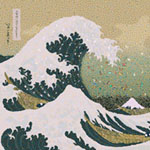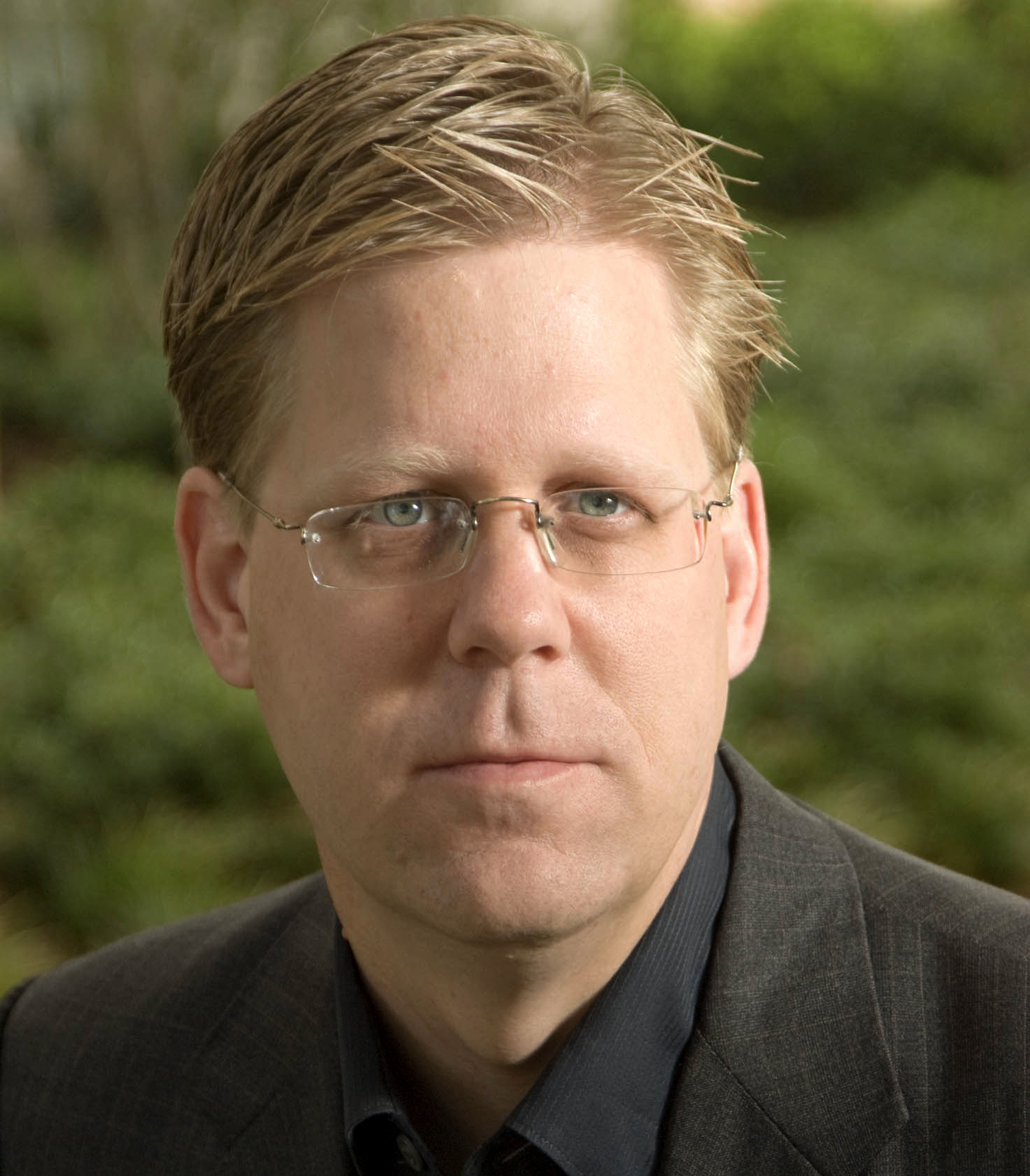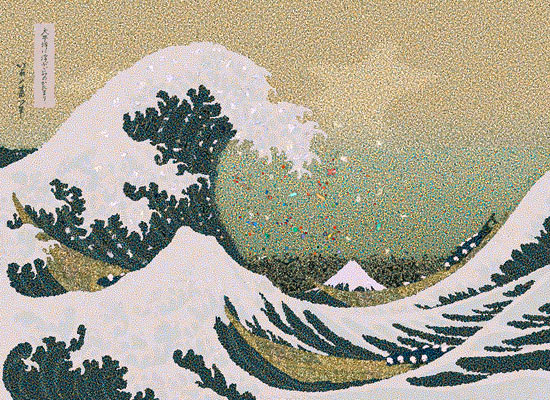From Treasure to Trash
Engineering Dean Geoffrey Orsak on how art can help engineers see their work differently.

By Geoffrey Orsak
SMU Lyle School of Engineering
 |
When numbers cease to have meaning, what then? This is particularly true as we work to bring about a green shift in engineering.
More than a few technology companies have profited from the innate consumerism we all harbor within. The must-have device purchased today becomes passé so quickly that we find ourselves in a never-ending cycle of seeking the next device that will establish our "tech cred" with our friends and colleagues. This of course fuels innovation, but it comes with a long-term cost we are just now beginning to appreciate.
Take for example the emergence of cells phones over the last two decades. This marvel has changed our lives for the better in countless ways, but we are only now starting to see the troubling environmental underside of this communications revolution. When our collective need to upgrade this technology is accumulated across our population, the environmental impact becomes significant. Estimates vary, but as a global population we discard more than 700 million cell phones each year. Of course, other technologies and industries have similar impacts on our environment, but the phone - seemingly an extension of ourselves - crystallizes a key issue for us engineers: We all want to work on the next awesome piece of technology, but don't want to have to be burdened with the reality that our success will lead to an accumulated environmental impact.
 Gyre 2009 by Chris Jordan (8x11 feet, in three vertical panels) depicts 2.4 million pieces of plastic, equal to the estimated number of pounds of plastic pollution that enter the world's oceans every hour. All of the plastic in this image was collected from the Pacific Ocean. |
This has posed a real challenge for educating future engineers: How do we broaden our young students' perspectives from one of "design for performance" to include "design for obsolescence" particularly when waste at the individual levels seems so insignificant?
To bring this issue to life, we are trying something new at my own engineering school. As a supplement to often dry federal reports, we have recently brought the powerful show Running the Numbers by artist Chris Jordan to the very heart of our main engineering building. (The traveling exhibit is scheduled to at SMU through August 13.)
This now iconic collection of images of consumerism and technology provides the opportunity for our future engineers to physically confront an engineering issue that is awaiting their best ideas. Reactions are often strong - there is a tendency by some in the engineering community to dismiss these works. But their real power is that they are images of facts - indisputable facts about rampant consumerism and technology's codependence upon this most human of traits.
# # #